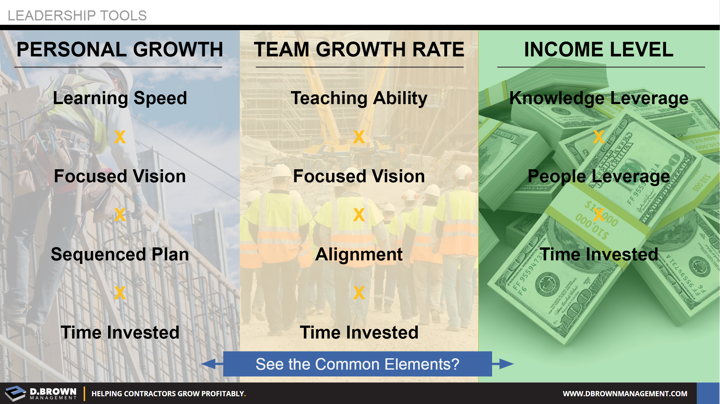- Personal Growth: This will drive everything else. If you are not developing yourself with a specific plan, everything else is minimized. You must have a focused vision and a well-sequenced plan to get there, or you will waste a lot of time. See the book “Smarter Faster Better.”
- Team Growth Rate: If you aren’t growing your team’s capabilities and capacity, you aren’t leading. The biggest variables here include your teaching ability as it complements the team’s diverse learning abilities and how aligned the team is. See the books “What Got You Here Won’t Get You There,” and “The Five Dysfunctions of a Team.”
- Income Level: This will follow and is a critical element of the Contractor’s Scoreboard. It is an outcome that is largely a multiplier of 1 & 2. See the book “The Great Game of Business."
Courtney Stearns frequently talks with clients about “Zero Multipliers” and as we all know, if any one of these is a zero, then the outcome is a zero.
Which of these multipliers could you improve the most?
Which would have the biggest impact on the outcomes you want?

